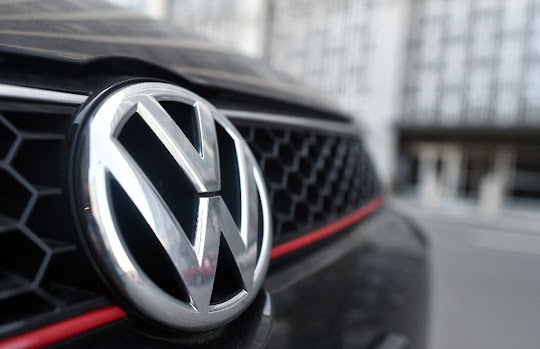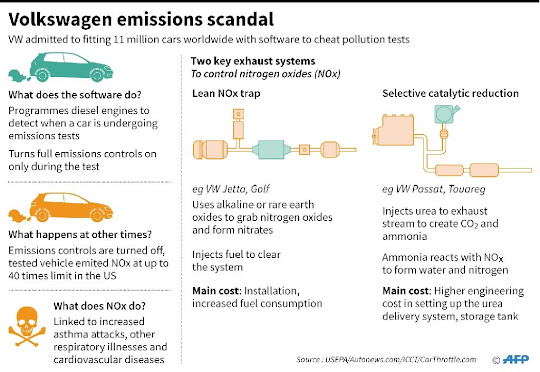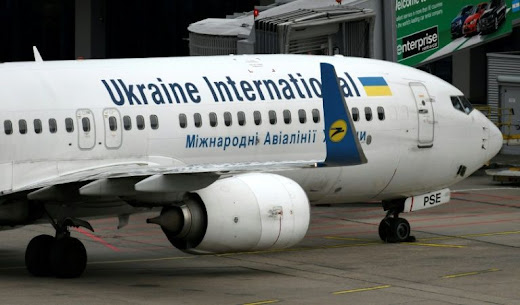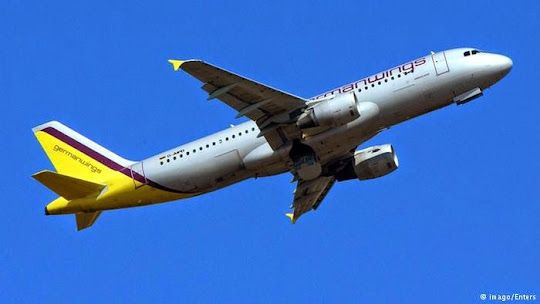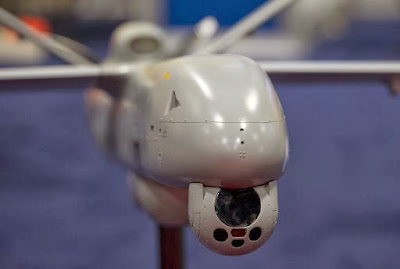Businessweek- Bloomberg, David Fickling, Michael Heath and Jason Scott, December 12, 2013
 |
A vehicle bearing the GM Holden Ltd. badge stands parked at the company's
headquarters in Melbourne on Dec. 11, 2013. Photographer: Carla Gottgens/Bloomberg |
Australia’s
century-old automotive industry is stepping closer to extinction after General
Motors Co. joined Ford Motor Co. in deciding to stop making cars
in the country.
Seven
months after Ford announced it would pull out, GM said yesterday its Holden
unit will cease production in 2017. That prompted the last holdout, Toyota
Motor Corp. (7203), to say the move will place “unprecedented pressure” on
parts makers and questioned the merits of remaining in the country. A stronger
local currency and falling import tariffs have driven down sales of
Australian-made cars by almost half since 2007.
The
hollowing out of the nation’s auto industry has implications beyond the three
companies as carmakers have about 150 suppliers that employ an estimated 42,000
people. The departure of Australia’s biggest carmaker also adds pressure on
Prime Minister Tony Abbott, who’s facing rising unemployment and deteriorating
consumer sentiment three months after winning an election by pledging to
restore confidence in the economy.
“The
Australian dollar has claimed an iconic brand of cars,” said Martin Whetton, an
interest-rate strategist at Nomura Holdings Inc. in Sydney. “The announcement
will be a major blow to confidence in the run-up to Christmas, as job losses
will exacerbate an already heightened sense of insecurity.”
112 Years
Australia’s
auto industry, which traces its roots to when land surveyor Harley Tarrant
built an early petrol car with an imported Benz engine in 1901, won’t survive
GM Holden’s departure, said Dave Smith, head of the vehicles division at the
Australian Manufacturing Workers’ Union.
“A lot of
older workers are going to be consigned to the unemployment scrap heap,” Smith
said by phone. “This is what happens when you open up the borders” to imports,
he said.
The flood
of imports, mainly from Asia, has resulted in locally-made vehicles only
accounting for 10 percent of total auto sales in the country this year, versus
80 percent three decades ago, according to data from Ford and the Federal
Chamber of Automotive Industries.
For
example, Holden’s Commodore was the country’s best-selling car for 15
consecutive years before it was overtaken by Mazda Motor Corp. (7261)’s 3 in
2011. Commodore sales point toward the vehicle’s ranking falling to third this
year, behind the Mazda 3 and Hyundai Motor Co. (005380)’s i30.
Tariffs on
South Korean auto imports, halved to 5 percent in 2010, will be scrapped under
a free-trade agreement between the two countries announced Dec. 5.
‘Not
Sustainable’
“Building
cars in this country is just not sustainable,” Mike Devereux, managing director
of the Holden unit, told reporters in Melbourne yesterday. “We have looked at
every possible option.”
The
decision to shutter Holden, bought by GM in 1931, was taken during a call with
GM management on Dec. 10, hours after Devereux had told the government that the
company was still assessing the unit’s future, he said. The timing of the
Holden announcement came within a day of parent GM’s own disclosure that Mary
Barra will succeed Dan Akerson as chief executive of the Detroit-based carmaker
starting next year.
“Once
companies have decided that their operations are not going to be viable for the
long term, it’s very difficult to hold them,” Prime Minister Abbott told a
media event in Canberra today. “The challenge now is to ensure that Toyota
continue manufacturing in this country.”
Some
attempts to reduce costs have failed. Toyota breached the Australian Fair Work
Act with contract demands to employees, including a reduced Christmas shutdown
period and the introduction of minimum overtime periods, Federal Court Justice
Mordecai Bromberg ruled today.
Manufacturing
in Australia has been a victim of the commodities boom that helped drive the
value of the local currency to $1.11 in July 2011, the highest level in the 30
years since exchange controls were dropped. While the Australian currency has
since depreciated to about 0.90 to the U.S. dollar, that’s still higher than at
any point in the 23 years running up to 2007.
Costly Cars
“The Aussie
dollar has been a major headwind for Australia’s trade-exposed sectors for a
number of years,” said Tom Kennedy, a Sydney-based economist for JPMorgan Chase
& Co. “When you combine that with Australia’s quite-high labor costs, it
makes it uncompetitive to produce automobiles here.”
GM
estimates it costs about A$3,750 more to produce a car in Australia than
elsewhere. Ford said in May that its costs in the country are double those in
Europe and four times those of its Asian divisions.
Such costs
have made automakers depend on government aid to keep Australian plants
running. Enter the new prime minster, who pledged to cut A$500 million from
auto subsidies by 2015 instead of “waving a blank check” at carmakers before
winning a general election in September.
The prime
minister is now facing an unemployment rate that’s climbed to a four-year high
and falling consumer confidence as the fading mining investment boom leads to
slower-than-expected economic growth. Abbott’s ruling Coalition is trailing the
Labor party for the first time in three years, according to an opinion poll
published in the Australian newspaper Dec. 10.
‘Labor
Gift’
“This
announcement is a bit of a gift for Labor and its support in the union
movement,” said Stephen Stockwell, a political analyst at Griffith University
in Brisbane. Labor and the unions “will be making a big deal about this from
now until the next election” due in 2016, he said. Ford’s plants will close
during that year and Holden’s by the end of 2017.
The three
carmakers’ suppliers, which account for the majority of the jobs in the
country’s automotive manufacturing industry, are already planning for a future
without their biggest customers.
“We’ve had
this on our radar for a long time,” said Craig O’Donohue, managing director of
Australian Arrow Pty., a wiring manufacturer in Melbourne’s western suburbs
that’s supplied Toyota since 1975 and Holden since 1983. “You have to be
realistic in this industry.”
Since 2011
the company has been trying to move into businesses such as wiring for slot
machines, solar panels, and the military, using a government fund set up to
support diversification. Toyota and Holden still account for almost all its
revenue, O’Donohue said.
“If Toyota
follows Holden, we would close,” said Pat Aughterson, managing director of
Melbourne-based Excellent Plating Works Pty., which provides protective
coatings to about 100,000 Toyota Camry bumpers each year. “If automotive goes,
manufacturing is finished.”
To contact
the reporters on this story: David Fickling in Sydney at
dfickling@bloomberg.net; Michael Heath in Sydney at mheath1@bloomberg.net;
Jason Scott in Canberra at jscott14@bloomberg.net
To contact
the editor responsible for this story: Young-Sam Cho at ycho2@bloomberg.net

